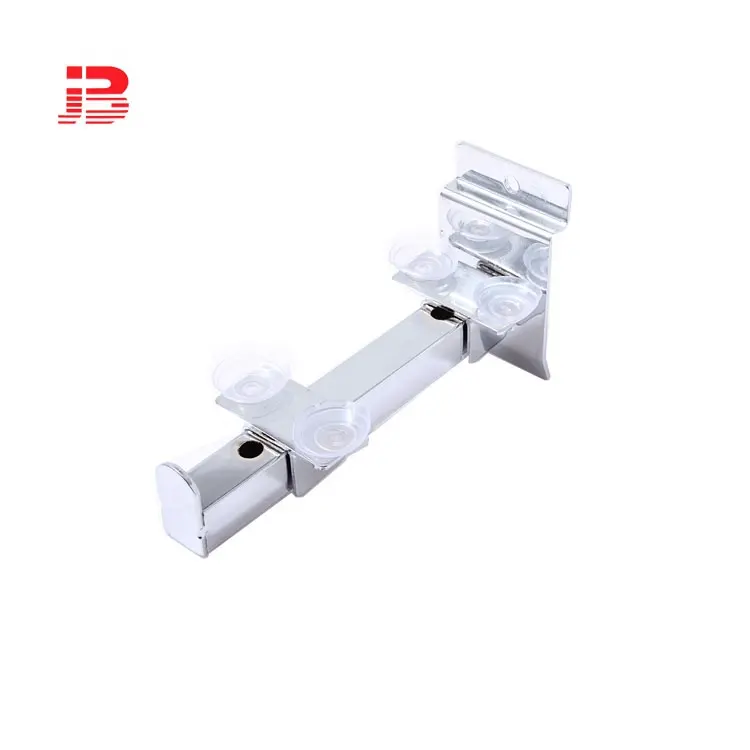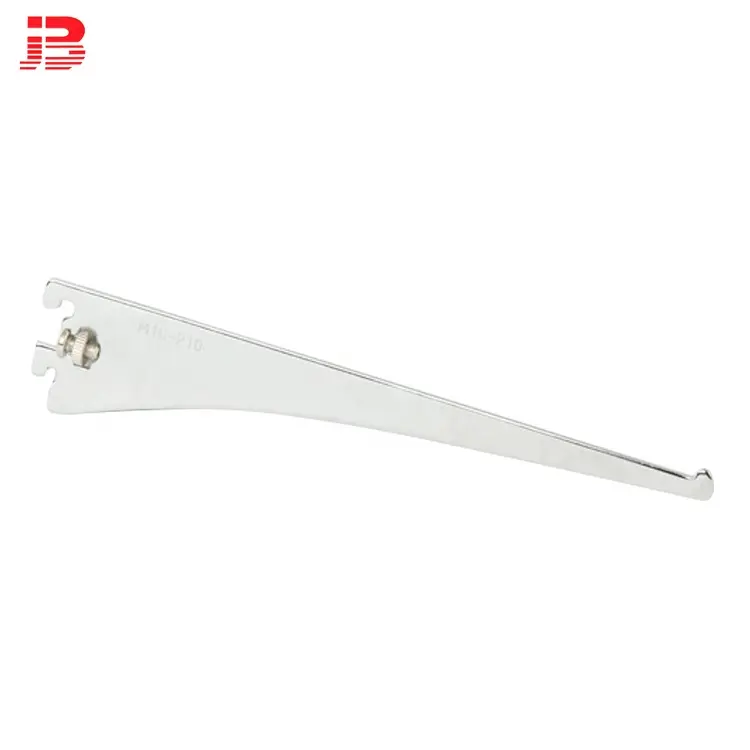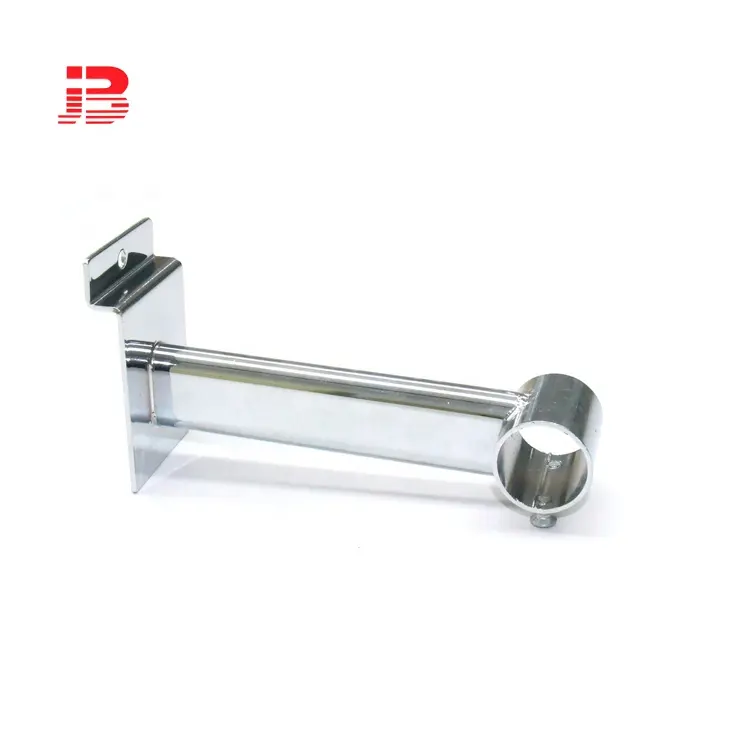porta abiti in metallo nero
L'utilità del supporto espositivo in metallo nero è che, a seconda dei diversi articoli, può creare la migliore presentazione visiva. È principalmente utilizzato nei negozi al dettaglio. Con esso a disposizione, si può mantenere tutto in ordine. È realizzato in metallo nero di alta qualità e questa forte garanzia di validità rende il supporto stabile. Basato sulla sua costruzione modulare, è facile da assemblare e smontare. Questo significa che qualsiasi rivenditore può trovare la migliore soluzione per il suo negozio con i nostri supporti. Le mensole sono regolabili, quindi l'esposizione può essere adattata in base alle dimensioni e al volume del prodotto. Ideale per l'applicazione in quasi qualsiasi configurazione al dettaglio, dai supermercati ai negozi boutique, il cliente si accorgerà immediatamente non appena entrerà nel tuo negozio, all'interno del suo punto di influenza, cerchio dopo cerchio. L'effetto sulle vendite sarà migliore di quanto si possa mai sperare di ottenere senza aiuto!
 ×
×




